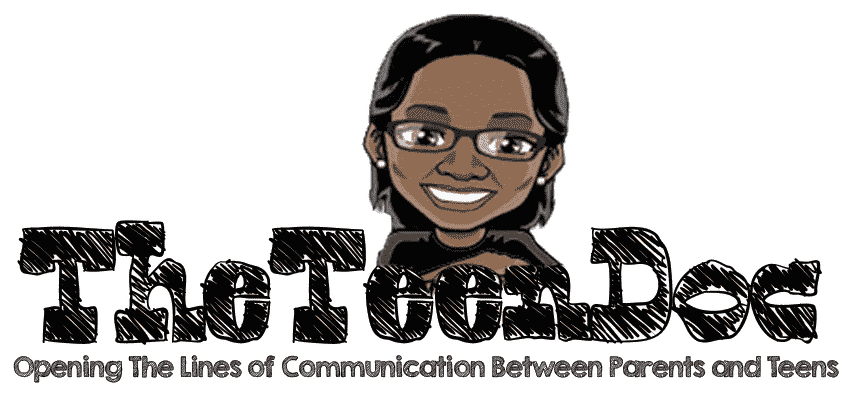Depending on your lifestyle, Ketamine assisted therapy can be known as a medication that was used to get an outpatient procedure in which case it was used as anesthesia to put you in a state of feeling no pain and being unconscious to the procedure. Another way people know ketamine is through Raves or all night parties where ketamine is used for its dissociative effects and placing people in a state of not worrying or caring as much. Finally, another use of ketamine and the use I would like to discuss in this article is the use of ketamine in psychotherapy. Here the dissociative component of the drug is used to push past barriers to help clients gain insight and encourages a fearless curiosity of the psyche.
There are several ways that Ketamine assisted therapy can be used. It can be used to assist therapy or to experience a ketamine effect that can produce information that can be used in a therapeutic inquiry. They are infusions frequently done intravenously, intramuscular, intranasal, two types of oral methods and rectal. Depending on the route there is more or less control of the effects of ketamine, and absorption into the body with intravenous giving the highest absorption (almost 100%) and oral/anal giving the least (8-29%).
During a ketamine infusion, a healthcare provider administers a low dose of ketamine to the patient through an intravenous (IV) line. The infusion is usually given over the course of 40 minutes to an hour, and the patient is monitored closely during the procedure. This use of ketamine is done at a center where there are often anesthesiologists able to monitor this infusion. This can make this mode of ketamine considerably more expensive and depending on the facility you choose, there can be a plethora of other resources to enhance the effects of ketamine like a masseuse, aroma therapy or rakke therapist as well to give an example.
Ketamine was recently approved for off label use of treatment of mental health conditions like anxiety and depression when a nasal form of the drug was offered for consideration. This use is being prescribed for patients who had failed other treatments of depression or pain management. The use of ketamine showed decrease in alcohol cravings especially with therapy decreased symptoms including addictive symptoms like alcoholism at a 6 month follow up. When Ketamine assisted therapy was compared with psychotherapy alone, there was abstinence in the ketamine group with psychotherapy versus psychotherapy alone at one year follow up: 66% compared to 24% respectively.
This is still a relatively young field and we have only seen an increase in ketamine assisted therapy over the past 10 years. This is after a long history of psychotropic suppression. However, leaders in the field working with MDMA, another psychotropic, have long seen the benefits of ketamine and other psychotropics or plant medicines to help those suffering with emotional inhibition and sought to add it to the arsenal of tools we have to understand the emotional suffering of others. The use of psychotropics like Ketamine to access inaccessible parts of memory that return in flashbacks and rumination causing difficulty concentrating and functioning as parents, spouses and students has revealed that the combination of therapy and psychotropics is priceless in the treatment of emotional trauma.
I cannot stress the importance of ketamine assisted therapy. Without the therapy, the effects of ketamine alone although often immediate can last up to 4-6 weeks. This window where people are more open to learning and taking in new information means that the type of information taken in is critical. This means who the person is around, what they expose themselves to and the opportunity to take what they saw and/or experienced during the session and integrate it into their psyche. What this means is they are able to write down as best they can what they experienced. Ketamine assisted psychotherapy has the therapist writing down what is said and asking guiding questions based on the agreed upon goal of the experience called an intention. An intention allows the session to have a purpose and then the information taken from the session is then interpreted and discussed in therapy sessions afterward called integration sessions. This integrating of new information is what transforms someone since it challenges core beliefs that were formed as a result of the shame and unlovability of traumatic experiences.

What others are are saying about Ketamine assisted therapy
